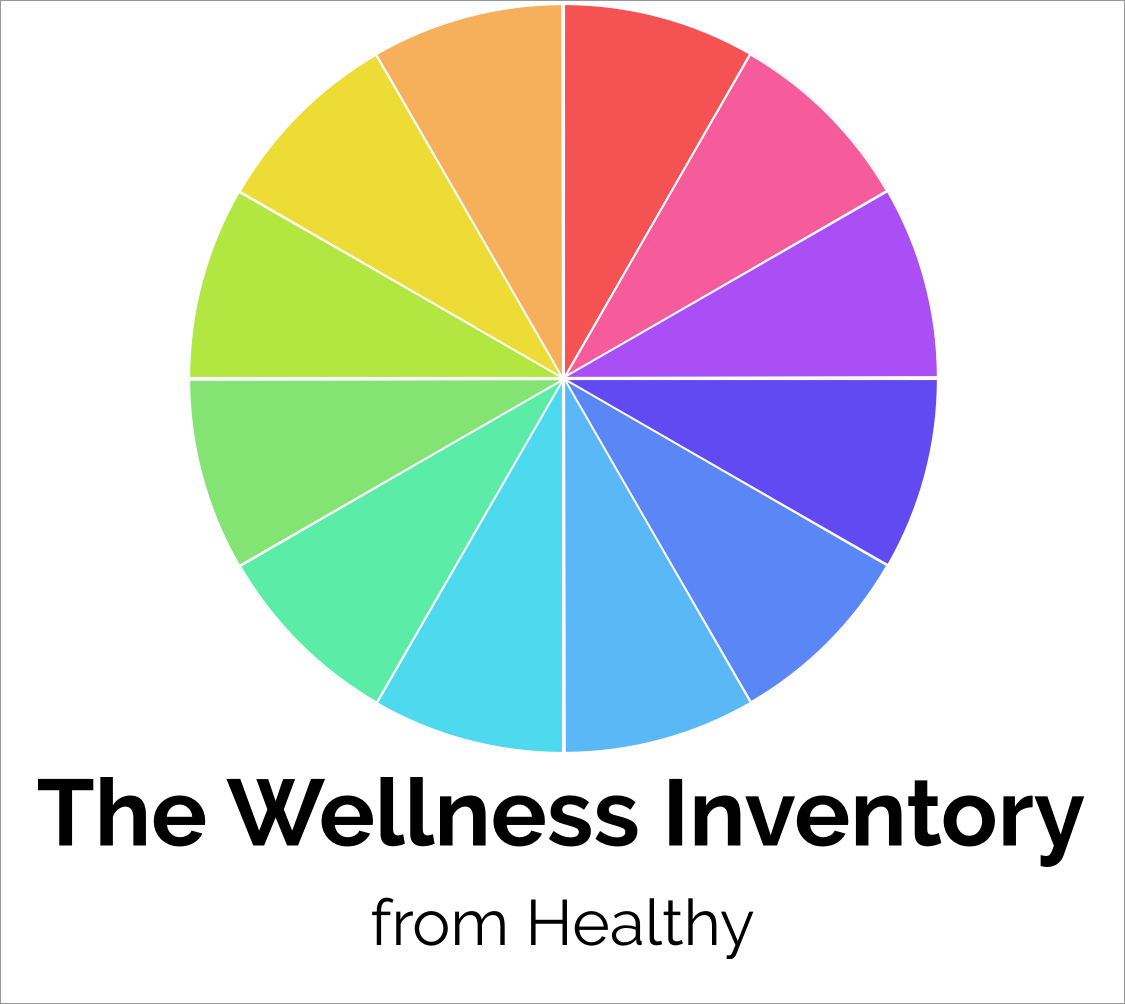If you spend any length of time in front of a computer, you've probably experienced some form of eye strain, vision headaches or other stress in your visual system. And you're not alone. According to the American Optometric Association, upwards of 8...
Picture a visit to the optometrist or ophthalmologist and what do you think of? An eye chart on the wall on one side of the examining room and you in a chair on the opposite side trying to read the tiny letters on the bottom line, first with one eye...
Many people - perhaps even you - are skeptical that it's possible to see better without glasses or contacts. Much of this skepticism is rooted in misunderstanding. There are five commonly held beliefs that lead people to think that eyesight cannot...
Decreasing intake of certain fats, rather than fats in general, may help lower the risk of developing age-related macular degeneration (AMD), according to a recent study.
LOSING OUR EYESIGHT: Drop the fats, drop the risk
The Popeye effectJust as most of the risk factors for AMD parallel those of heart disease, most of the best alternative measures to keep the heart healthy can also maintain eye health.
There is copious evidence for the role of two particular antioxidants - lutein and zeaxanthin - in maintaining eye health. Carotenoid composition varies between internal organs, suggesting selective uptake
Age-related macular degeneration (AMD) of the eye occurs when the cells of the macula - an irregular yellow depression on the center of the retina - becomes damaged and stops functioning.
Bilberry (Vaccinium myrtillus), a type of blueberry, contains active flavonoid compounds known as anthocyanosides, which act as antioxidants in the retina of the eye.
Exposure to bright light is, according to convention, an important risk factor for age-related macular degeneration (AMD), and those at risk are advised to reduce their exposure to light wherever possible.


